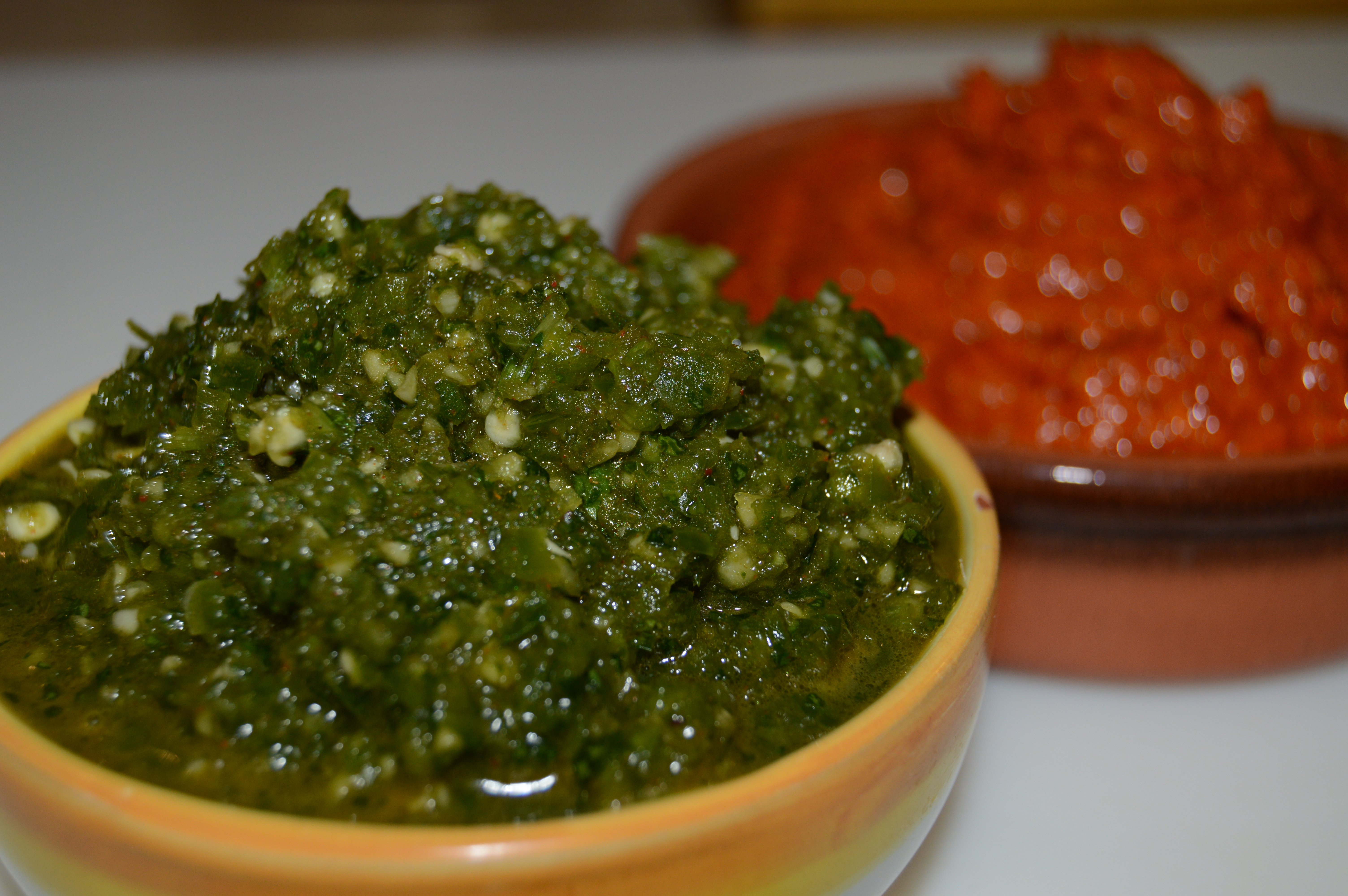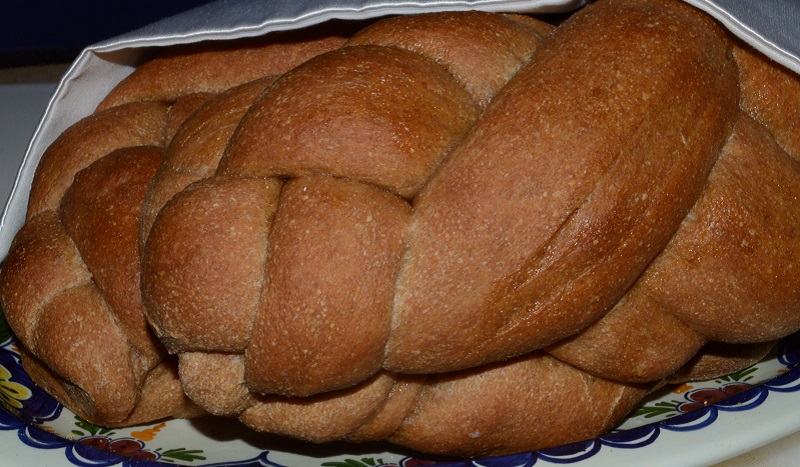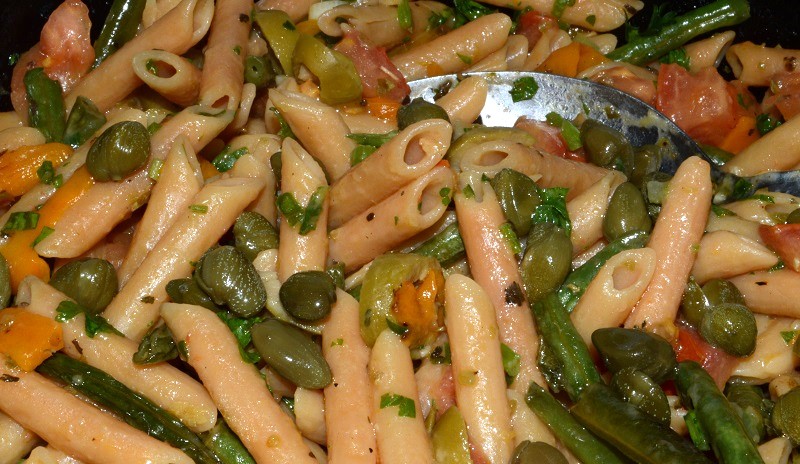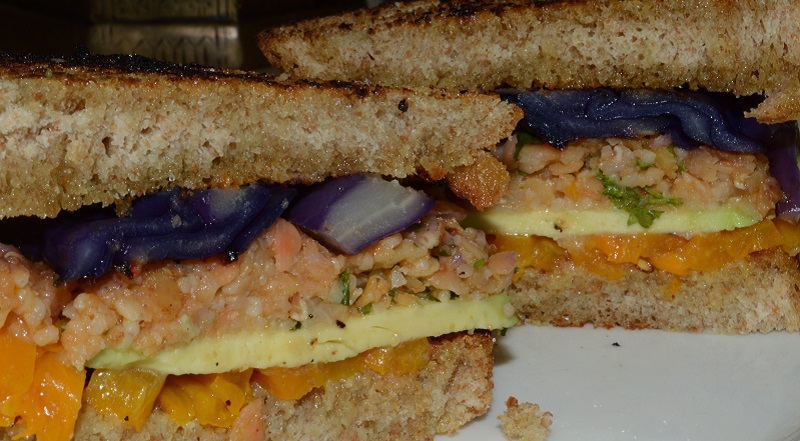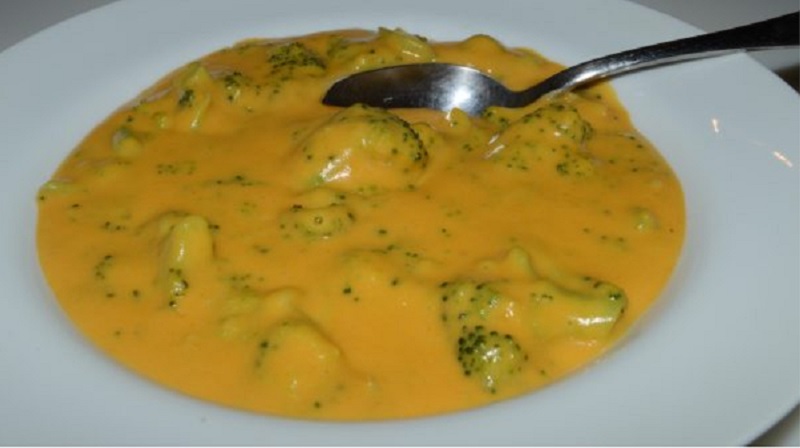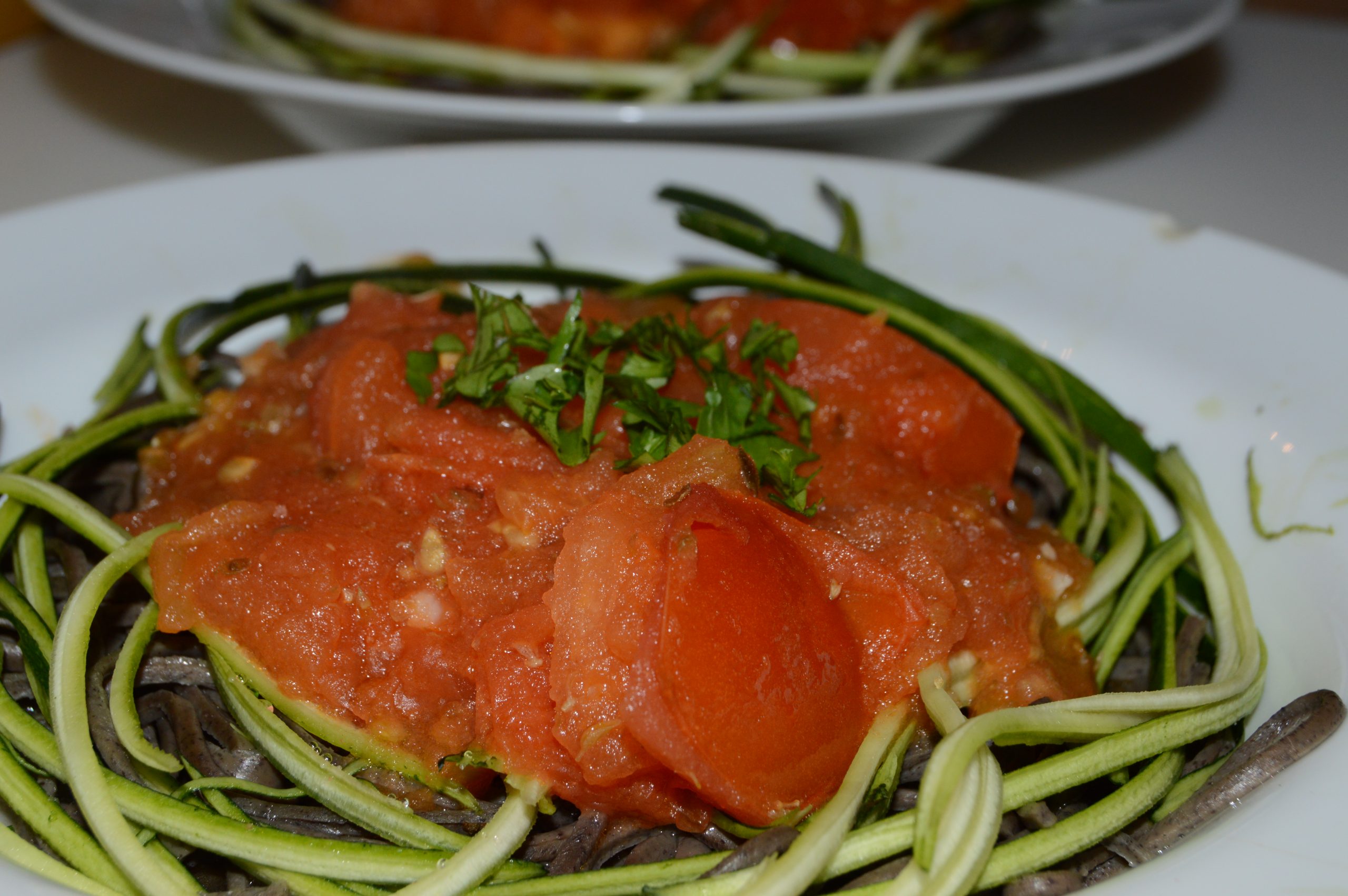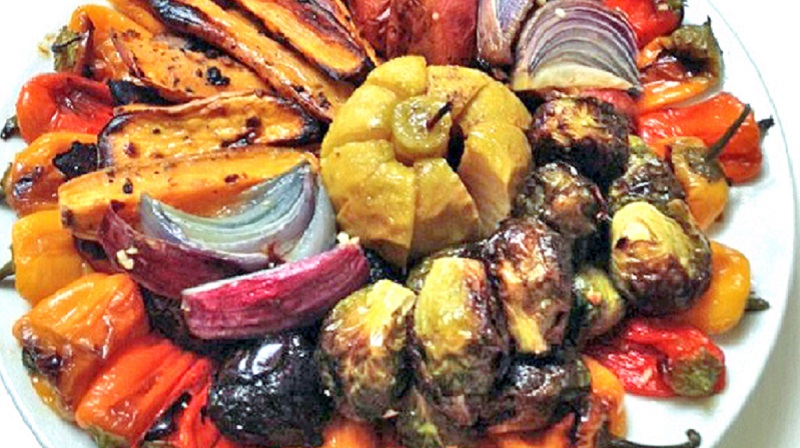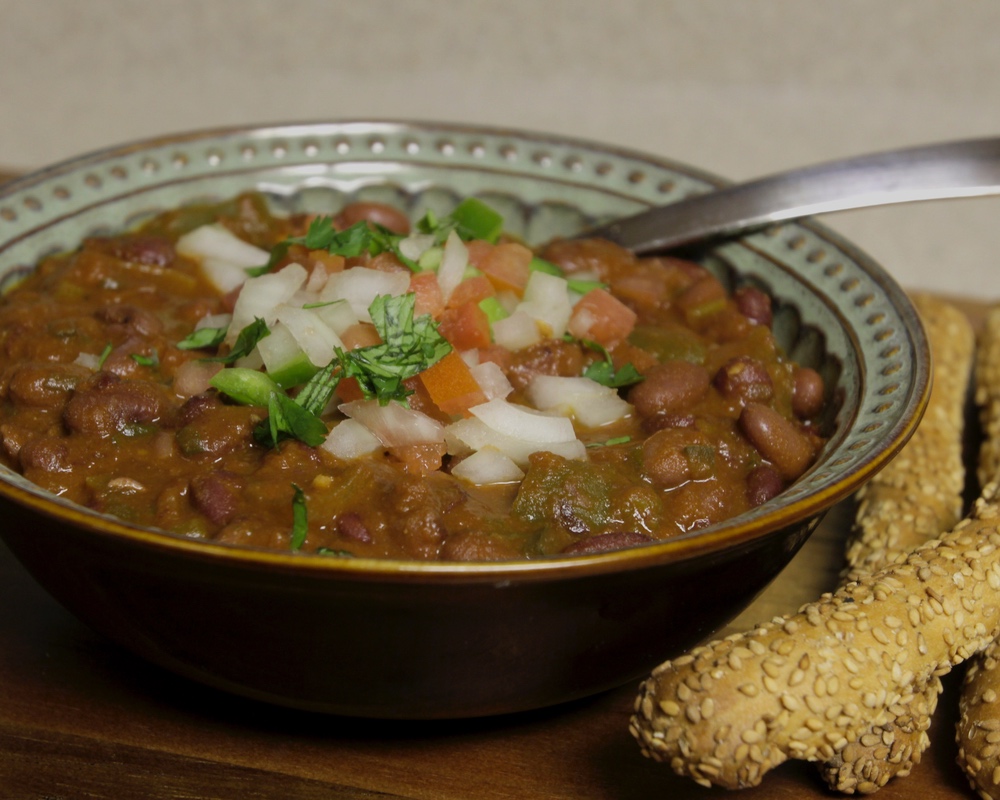
As I have begun to explore a vegan pathway, I am once again thinking about the laws of kashrut. How does this practice relate to my life as a vegetarian and my journey toward a vegan lifestyle?
The Torah tells us the purpose of the dietary and other regulations put forward in it: to shape a “holy people.” What does that mean? I believe it means that following the laws given in the Torah, including the dietary laws, will teach those who follow them to stand in a particular relationship to G-d and creation.
What is that relationship? One view is that of Martin Buber, who describes two ways of relating to our fellow creatures and even G-d: “I-It” and “I-Thou”. In an “I-It” relationship, we view the “other” in a utilitarian mode. How can we use this creature to our benefit? Other creatures and even G-d are minimized to suit our utilitarian purposes.
Conversely, in an “I-Thou” relationship, we recognize and respect the uniqueness of the other and approach them in all their (and with all our) fullness. It is not a utilitarian relationship. It is not necessarily a safe relationship. It is a relationship based on freedom.
We may move in and out of these modes of relating and may relate to a particular person, for example, in an “I-Thou” mode at one point in time and in an “I-It” mode at another point in time.
One might be tempted to make a quick value judgment, viewing an “I-It” relationship as negative and an “I-Thou” relationship as positive. On that basis, we would assume the Torah requires us to maintain an “I-Thou” relationship to the world. I think this assumption would not be correct. The Jewish dietary laws provide us an opportunity to see how the Torah and Jewish ritual offer a more nuanced approach, an approach that maintains a tension between these two modes of being in the world.
Much has been written and spoken about the details of kashrut, the dietary regulations, in an attempt to understand their meaning. One thing stands out to me above all the details: these regulations center around the possibility of killing and eating other living creatures. Were that not a possibility, there would be no need for these laws since all plant foods are kosher. It is the burden of taking life that calls these laws into effect.
Like a blessing or prayer said with full intentionality before or after a meal, the dietary regulations serve to focus our attention on the gravity of what we are doing in eating a creature that once lived. These laws provide us with an opportunity to eat and be satisfied but to do it in a state of full awareness. Observing kashrut places us in a certain relationship to creation and to G-d.
There is some ambivalence in the Torah as I believe there is in most cultures about killing and eating living creatures. The first human beings, living in “the Garden,” were herbivores. Meat eating was a concession and only allowed after the flood. Killing and eating another creature once it was permitted was surrounded by ritual activity. This ritual activity served to heighten awareness of the fact that we are taking life to sustain life.
Similarly, in hunter-gatherer societies the hunt is surrounded with rituals that heighten awareness of the action in which one is engaging. These rituals guide the hunter to approach the hunt with a fullness of presence and encounter the fullness of the Other, the hunted. The outcome is never certain.
There are and have been other ways of dealing with what Michael Pollan calls the dilemma of being omnivores. Certainly one way, perhaps the most direct, is total abstention. This is the vegetarian and even more so, vegan path. At the opposite extreme is complete indifference to or alienation from the processes of life and death, a kind of thoughtless or thought-free consumption. This state of indifference or alienation is too easy to slip into today, as separated as we are from the sources of our food. We can eat and drink without much thought about the ethical dilemmas that would confront us if we were more directly engaged in our own survival.
Between these two extremes are the many symbolic structures of religions and philosophies that can guide us through the “omnivore’s dilemma”.
When I originally became vegetarian more than forty years ago, a primary motivation was that it simply felt wrong to buy the flesh of a creature neatly packaged in styrofoam and plastic at my local grocery store. There was no direct connection to the fact that I was involved in taking the life of a creature. There was no connection to the process of life and death and survival and my place or role in that cycle. I could understand there might be an argument for eating the flesh of animals if one were prepared to hunt and kill the animal oneself. I couldn’t justify purchasing it in a styrofoam tray and having no personal connection to the life that had been.
There were other thoughts behind my vegetarianism at the time. I was inspired by the social consciousness of Frances Moore Lappe, presented in Diet for a Small Planet. I was inspired by the words of Adelle Davis, that she would “eat only the products that animals give us painlessly.”
Whether it was true at the time, that there were products animals give us painlessly, I’m not certain. I know it is not true now. The way our modern factory farms and industrial food processing operate currently means the products of it will cause ethical problems for many aware people — even when ethical consciousness allows eating meat and other animal products.
Which brings me to veganism. Personally I love eggs and cheese. Although I never gave up eggs when the doctors said we should, I was delighted they are once again on the “ok” list healthwise. I subscribe to the Sally Fallon school of thought on food, put forward so well in Nourishing Traditions and at westonaprice.org. I have often wished I lived in an environment where I could have my own milk cow and chickens, make my own cream and butter and more. I don’t live in that environment, though, and as I learn more, using these products of agri-business is becoming increasingly problematic for me. It is even more problematic because I know this kind of food is not required for my good health.
What I have been forced to become aware of is that anything I use that is part of this system involves me in a world with a morality that is not what I consciously choose for myself. How so? There is a rabbinic statement: “It’s not the mouse that’s the thief; it’s the hole.” To the extent that I purchase and eat products that are produced through means that are unacceptable in my moral universe, I am more responsible for the existence of that system than the producers of those products.
I have learned that much of what I eat, I can enjoy only because its production is hidden from my view. Our current system is a vast mechanized empire operating under the surface and out of sight. The system engages in practices that if they were happening before my eyes would make me cry out in shock and horror.
Perhaps even more disturbing than the practices that are too often at the foundation of bringing animal products to us is the anonymity of the system. We are completely separated from this world and can remain unaware of what is happening if we wish. By the time any animal product arrives to us, kosher or not, it has been completely separated from its source in life and completely sanitized of the death involved in its production. Our beef and our cheese and our eggs have no relationship to their source.
This is a moral scenario that has particularly painful echoes for Jews, as I was reminded recently when I watched a powerful video presentation by a Holocaust survivor: http://www.jewishveg.org/ (scroll down to the video presentation of Alex Hershaft).
Sadly the kosher industry is also built on the back of agri-business which includes practices contrary to Jewish law. These practices affect the animal long before arrival at the moment of kosher slaughter. Even in the absence of deliberate physical abuse, I cannot imagine that the Torah and later Jewish values envisioned or would accept the massive destruction of life and indifference to the process that is endemic to the production of animal products today.
Others have detailed the ways in which eating meat and chicken, even kosher products, from today’s factory farm system transgress many commandments and are completely at odds with the worldview of the Torah: http://www.jewishveg.com/course.html (see in particular the sections on “Judaism and Animal Rights” and “Judaism, Vegetarianism and Ecology”). Kosher meat, too, is sold in styrofoam and plastic packages. Cows — and chickens — “produced” in huge numbers for a utilitarian purpose live out their short lives in unnatural situations even when they are destined for kosher slaughtering.
The fundamental problem with the modern meat and animal product industry from my perspective is that the tension between an “I-It” mode and an “I-Thou” mode has been dissolved. We are not moving consciously back and forth between the two modes, guided by principles of Torah. By participating in this system, whether we consume kosher products or not, we are perpetually in an “I-It” mode in relation to the world. The world and the creatures that inhabit it are here for for one purpose, and that is for us to use in order to gain benefit from them for ourselves. Worse, we can do that without carrying any ethical burden in relation to that activity, even if it involves practices that are not in accord with the principles of the Torah. Those practices are conveniently hidden from us.
Nowadays more and more people are becoming interested in sourcing and localism — personally knowing the sources of food, knowing how that food was managed through its life. If we are so concerned that our fruits and vegetables are handled properly, that they are “sustainable” and free of substances we think are bad for our health, shouldn’t we be even more concerned with looking into the handling of creatures that produce meat, eggs and cheese? Shouldn’t we want to be certain they are not part of a system that is so devastating to our moral health?
For someone who does eat animal products in a kosher framework, tho, backward vision can stop at the meat counter of the kosher market. The product has a heksher so is ok — but where did it come from? We are always shocked when we discover that a kosher facility is engaging in practices contrary to Jewish principles — but what about before the animal arrives at the facility? What were the practices associated with life and death that brought it to this place? Was there any reverence exhibited for the life of this creature? Respect for its creaturehood?
Certainly we live in a world where we cannot do everything ourselves. Most of us cannot have our own cows and chickens, and none of us can have cows and chickens that are not the result of a massive utilitarian system. It is hard to imagine sourcing human productions without finding utilitarianism, suffering and even abuse at some point along the way. It is even harder when we consider the veil of modern marketing and labeling practices that put yet another unreliable layer between us and the sources of our food. In order to eat anything, we probably have to draw a line for our backward vision, for how deeply into sourcing we want to go. For each of us, the place where that line is drawn will be different.
As I have often said when I teach, one’s food choices depend on how much of an ethical burden one is prepared to carry. For me, keeping kosher on the back of a food production industry that operates in ways completely contrary to what I understand as the intention of the Jewish dietary laws does not solve the ethical problems involved in taking life to sustain life. Increasingly I am aware that being vegetarian is also not a resolution or even a pathway through the dilemma. I continue to experiment more with vegan foods.
I don’t yet know exactly where my line is. What I do know is that the one required task for each of us is to become aware and to make thoughtful, informed, aware choices for how we will live, specifically what and how we will eat.
Keeping kosher continues to be an important part of that process for me. With pausing as I shop to be certain that everything I purchase fulfills certain requirements, with thinking about what is in my kitchen and how it is used, with considering the counters I work on, the utensils I use and the pots and pans and dishes that are part of my environment, with a blessing before food and an extended blessing after food, I am provided with ample opportunities to think about what and how I eat and to consider my place in creation.
